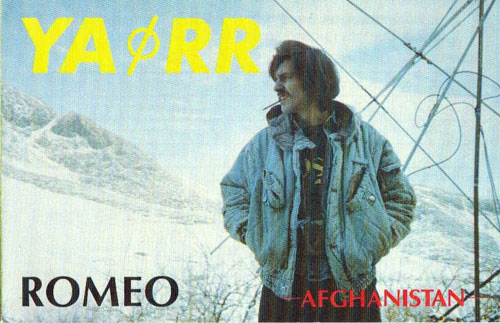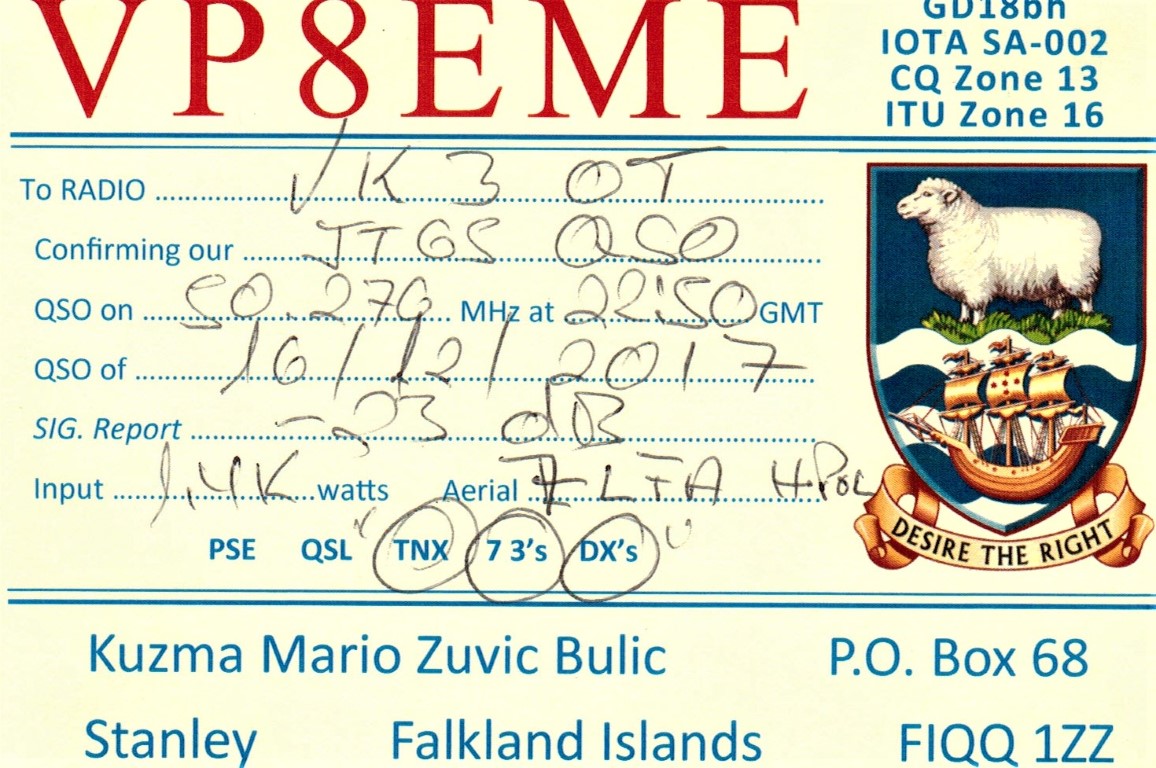
[BY1PK QSL card from 1989]
I remember it like it was yesterday: March 1982, 21Mhz, Morse, calling BY1PK. The first and only Chinese station on air, open to foreign contacts.
I couldn’t make it through: the pileup was massive and the Chinese CW operator was doing it “properly” with real signal report exchange, name and location.
For the next 10 years, China started promoting amateur radio, and a few more club stations hit the airwaves.
A big change occurred in 1992 when for the first time, individuals were allowed to get on the air from their personal amateur radio stations, using their own personal callsigns. It took another ten years for the ham population to reach 4,200 operators.
Today, there are 240,000 amateurs in China, the third largest group in the world. While the vast majority of them are on UHF and VHF, finding a BY station on short waves is no longer a rarity.
If this growth continues, by the end of the decade, there would be more than a million Chinese on air.
Which is a fantastic thing for our hobby: a demand for radios, antennas and gadgets of all kinds from such a large customer base would provide sufficient demand, keeping radio manufacturers in business.
The reason why Germany, the US and Japan were leading ham radio countries in the past is obvious: they were high tech manufacturing countries of their era. Today, that powerhouse is China. Smart and productive people are attracted to technical hobbies and as a national standard grows, so does the individual disposal income. The other ingredient for mass popularity of amateur radio: the unquenchable desire to open up to the world with a strong awareness that this decade is the decade of China. To the young Chinese, a decade of optimism, relevance and progress.
Last night the 6m band opened to China and I worked 11 stations, including 3 new grids. I’ve went on QRZ.com to check them out. Smiles everywhere, modern radios, big antenna systems.
Young, enthusiastic and unstoppable.








